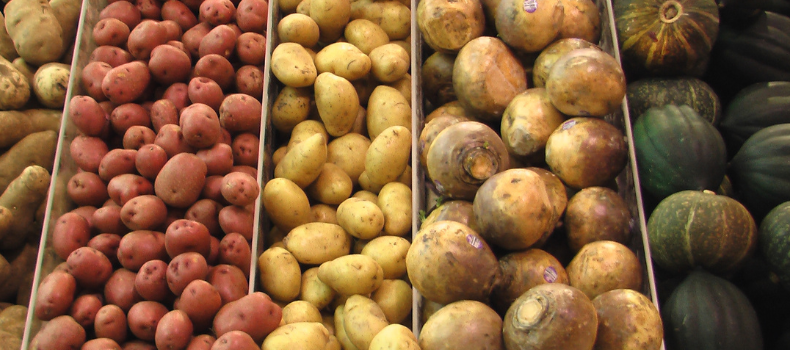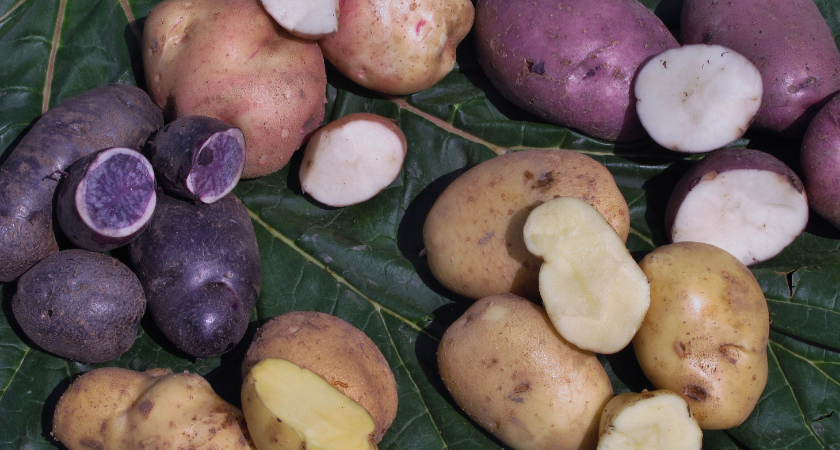Potato Culture In Cartago: A Pillar Of The Costa Rican Diet

Potato culture in Cartago, Costa Rica: nutritional importance, economic challenges and its fundamental role in the Costa Rican diet.
Potato culture is an essential part of the Central American diet, especially in the province of Cartago in Costa Rica.
Although the area planted to potato is not as extensive as that of crops such as bananas or coffee, it is estimated to cover around 22 thousand hectares in the region. In Costa Rica, potatoes are particularly relevant, with a per capita consumption of 14.7 kg per year. Most of the national production is destined for local consumption, and Cartago contributes 75% of the country’s potato production, being the main production area.
Nutritional Importance
Potatoes are a significant source of carbohydrates, proteins, vitamins and minerals, making them a staple in the Costa Rican diet. It contains starch, quality proteins, vitamin B6 and potassium, essential nutrients for a balanced diet. In addition, the potato is rich in antioxidants and vitamin C, components that contribute to general health and body fat control.
Yellow-fleshed potatoes stand out for their lutein and zeaxanthin content, associated with disease prevention, while purple and red-fleshed potatoes are rich in anthocyanins, potent antioxidants.

Challenges And Opportunities In Cartago
In Cartago, communities such as Tierra Blanca have prospered thanks to potato culture, taking advantage of favorable climatic conditions that allow high yields. However, producers have faced challenges in recent years, especially due to high production costs that have affected their competitiveness in the domestic market.
Despite these challenges, potato cultivation remains fundamental to Costa Rica’s economy and food security. Potatoes not only nourish but also sustain entire communities, reaffirming their role as a pillar of the region’s diet and economy.
Sensorial Sunsets
Navigate articles





